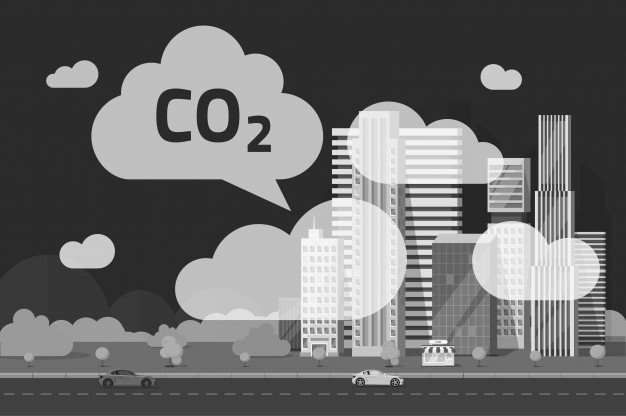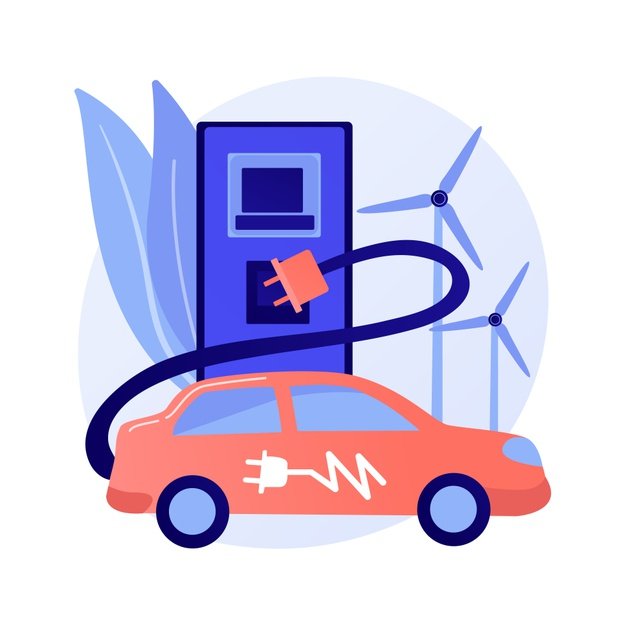Net-zero cities, Carbon neutrality, carbon footprint– Haven’t we heard a lot of this in recent times? The carbon footprint has become the most sought-after parameter in the construction and technology industry. It is a very effective way to keep a check on human intervention and save our planet. According to a report by World Economic Forum, Cities occupy 3% of the earth’s surface and yet they are responsible for more than 70% of all carbon emissions. Therefore, To maintain global temperature increases to 1.5°C or below, cities have to achieve net-zero.

One of the major reasons contributing to high carbon emissions in the city is the transit system- public and private vehicles. Hence to move towards sustainability and lower carbon emissions, adopting efficient systems like cycling, electric cars, and other sustainable options is imperative. In China, which is one of the densely populated countries, cities contribute to more than 60% of National Carbon emissions. Therefore it is important that the world collectively understands and acts upon reducing carbon emissions and working on environmentally friendly transit systems.
Sustainable transit systems & Co2 Emissions
It is seen that to reduce carbon footprint through transit systems, switching to bicycles and electric cars from fossil fuel cars have proven to be most effective. Let us see the significance of each of these transit modes and compare the two.
Cycling

Making a sustainable switch to cycling from cars will surely impact the carbon footprint in the long run. Cycling is not only environmentally friendly but also is healthier and cost-effective. It is observed that people who walk or cycle contribute exceptionally to reduce carbon footprints daily. Research on carbon emissions by Our Streets MPLS shows that Co2 released white production of a car is 313g while that for a bicycle is 16 g. Moreover, if a per km drive is compared the co2 released by a car per km is 271 g, while that for a bicycle is only 16 g. Also, this 16 g co2 emissions is from the emissions of the rider food. Hence we can see that bicycling is the cleanest and most effective way to reduce co2 emissions and save the planet through our minimum efforts.
Electric car

These are the electrically-propelled vehicles having emissions much lower than conventional cars. It is said that though there is a high emission involved in its production, most of it is compensated in its usage phase. Electric cars help in reducing the direct emissions-reducing of air pollutants and smog. In the overall process, the electric car has 35% lower emissions than fossil fuel vehicles. Thus, electric cars have emerged as sustainable modes of transport in cities around the globe.
Cycling v/s Electric Car
Though both bicycles and electric cars are sustainable ways towards Net Zero cities, cycling still has an edge over electric cars. Electric cars require the complicated process to store energy, produce batteries, and hence there is a range of high carbon-emitting processes involved. It is said that cycling is 10x better than electric cars for reaching net-zero cities. To tackle the increasingly adverse effects of vehicular traffic we need to replace the process with a much simpler process that can directly control the pollution and dependency on resources. The thing with electric cars is in a way the dependency on the process of production and harnessing electricity will increase which will also have its individual effects on carbon footprint. It is an effective way to curb pollution true, but it is also in a way making the journey towards carbon neutrality a bit slower.
Moreover, cycling will also lead to direct reduction of noise minimal use of infrastructure thus leading to reduced impact on infrastructure and existing systems in the city. Hence, cycling is also cost-effective also t being sustainable.
In Conclusion
The key takeaway message here is that – It is true and electrical vehicles are a Co2 footprint-reducing alternative to conventional vehicles. However, electrical vehicles in no way will help us attack the underlying issues of transportation such as congestion, health, and space crunch in the city. The feasible way as of now to tackle all these issues is to resort to cycling and making it an important aspect of the urban transit system.



